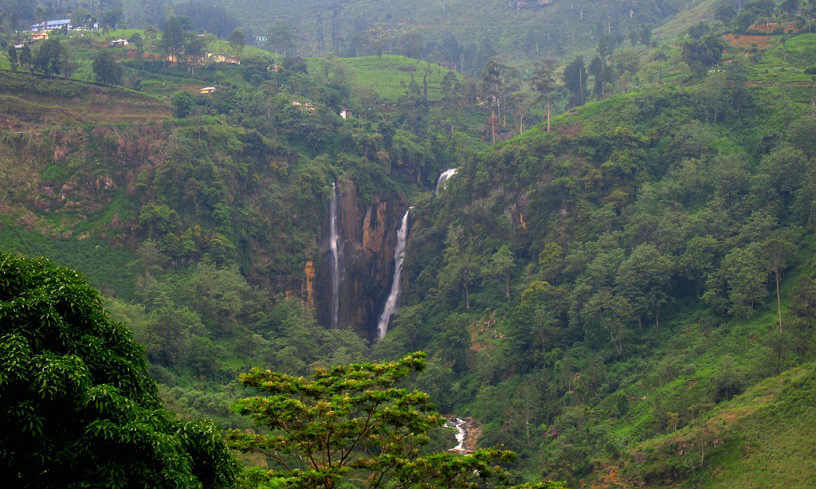Overview of Sri Lanka

From jungles to skyscrapers, this island – once called the finest of its size by Marco Polo – boasts a variety of diverse destinations sure to keep tenacious tourists on their toes. Whether you’ve already booked your flight to Colombo or are simply coming down with a case of wanderlust, here are the dos and don’ts of a Sri Lankan getaway.
Best Things to do in Sri Lanka
Looking for what to do on this island country? Sri Lanka's diverse cultural landscape and geographic capabilities make it ideal for many different activities. Here is Cover-More's list of the must-do Sri Lankan adventures.
Do Lay on the Beaches
Located on the island's western half, undeveloped beaches mix with sprawling resort hotels. When looking to book a vacation, four resorts reign king: Negombo, Bentota, Beruwala and Hikkaduwa.
Do Take a Hike
From serene countryside views to jungle adventures, there are few better places for a long hike than Sri Lanka. Travel north of Colombo to the Kalpitiya peninsula or visit the Wilpattu National Park to view elephants, leopards and sloth bears. The Uda Walawe National Park is the best place to view elephants and Sinharaja is a rare tropical rainforest.
Do Visit a Colonial Town
Though the period of colonisation in Sri Lanka was difficult, today, well-preserved European towns are thriving tourist meccas. Galle, an Old Dutch city, boasts the country's best-preserved colonial landscape complete with streets lined with Dutch-period villas and large churches.
Do Experience Reality
Although beautiful, many regions of this country are war-torn. Intense civil wars raged between ethnic groups for years in Sri Lanka (though the government declared a period of peace in 2009). A visit to this beautiful island would be remiss without speaking with locals and seeing the city of Trincomalee, which has been heavily impacted by war, but now works to rebuild.
Seasonality
For such a small country, weather patterns around the island are extremely erratic. Two separate monsoon seasons – in the northeast and southwest – bring continual rain at differing (and widely varying) times. The southwest "yala" monsoon brings rain from April/May to September – though the wettest period only extends through June. The northeast "maha" monsoon hits from November to March – though the wettest period only lasts through December. From October to November there are periods of intense rain (known as the inter-monsoonal period) randomly throughout the island. When visiting, the best times are December to March for the south and west coasts (where Colombo is located) and April to September for the north and east coasts.
While precipitation varies widely, temperatures remain near 26-30 Celsius year-round.
Travel Tips
After 25 years of brutal civil wars, there are surprisingly few threats to traveller safety. Here are tips for staying safe in this island paradise:
Don't Visit the Rural North
While the country declared peace in 2009, remote areas of the north coast still experience violent clashes between ethnic groups. Landmines and unexploded ordinance still pose a threat in these areas. It is best to avoid these as tourists.
Don't Ignore Street Signs
Sri Lankan drivers are aggressive and traffic is congested. The number one cause of death among tourists in this country is road accidents. Drivers here often do not adhere to pedestrian right-of-way rules present in Australia. Wait for road openings and follow locals' street-crossing tactics.
Don't Drink the Tap Water
Although water in Sri Lanka is generally chlorinated and safe to drink, different microorganisms living in the water can upset your stomach. The water is fine when used to wash dishes and make food, but bottled water should be preferred. A common scam in Sri Lanka is refilling bottles of water with tap water, so ensure the seal is unbroken before purchase.
While Sri Lanka is beautiful, exotic and serene, it is also a powder keg of ethnic tension. Before travelling to politically tumultuous countries, it is essential to secure travel cover. In an emergency, Cover-More Travel Insurance can be your help at home. Book a travel policy with Cover-More today.
Image courtesy of Flickr user Ronald Saunders; cropped from original.